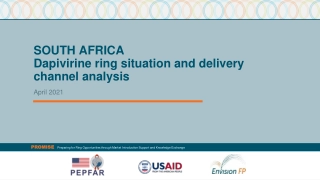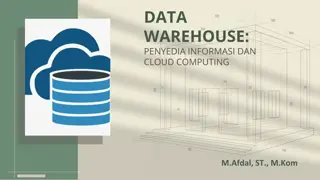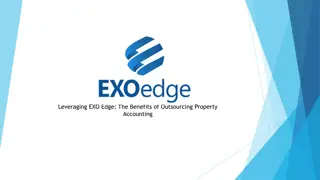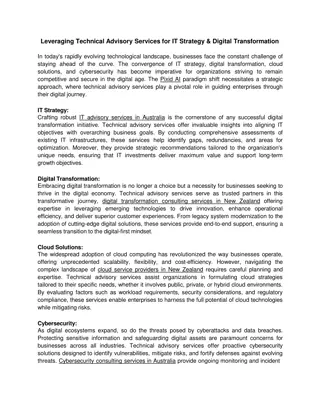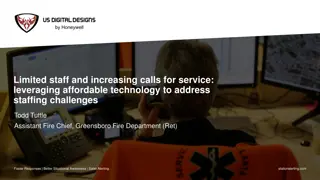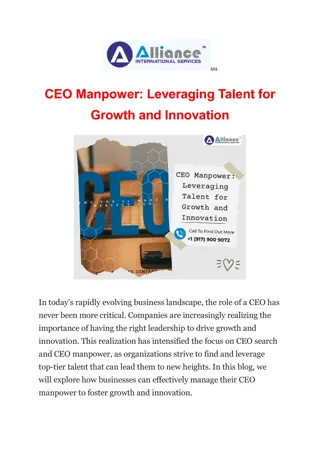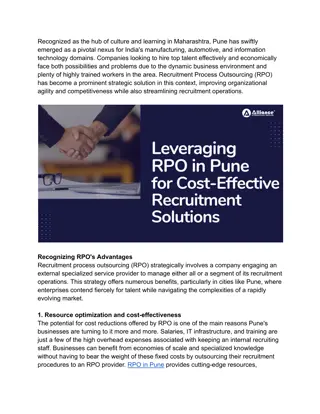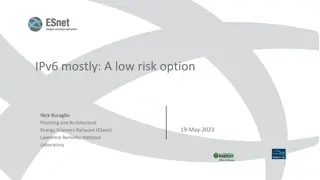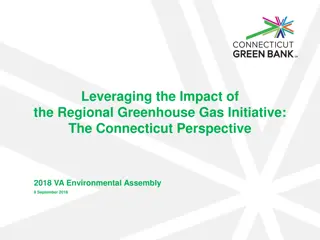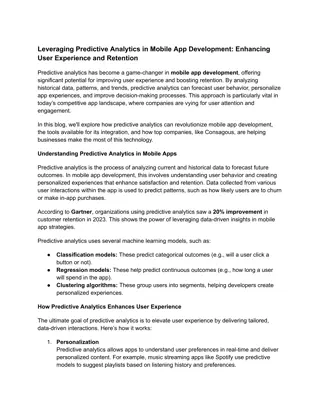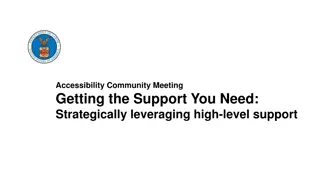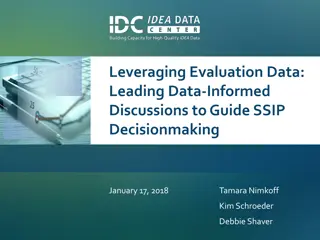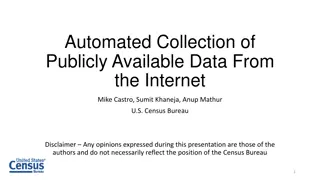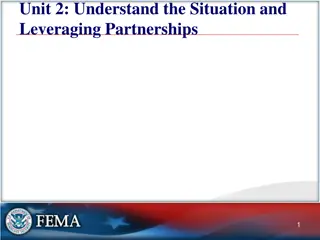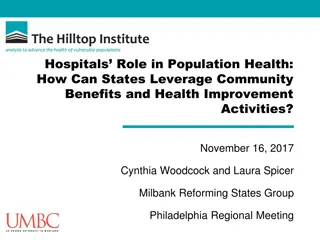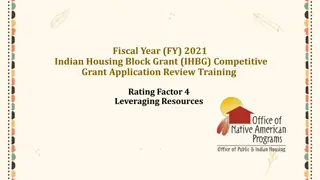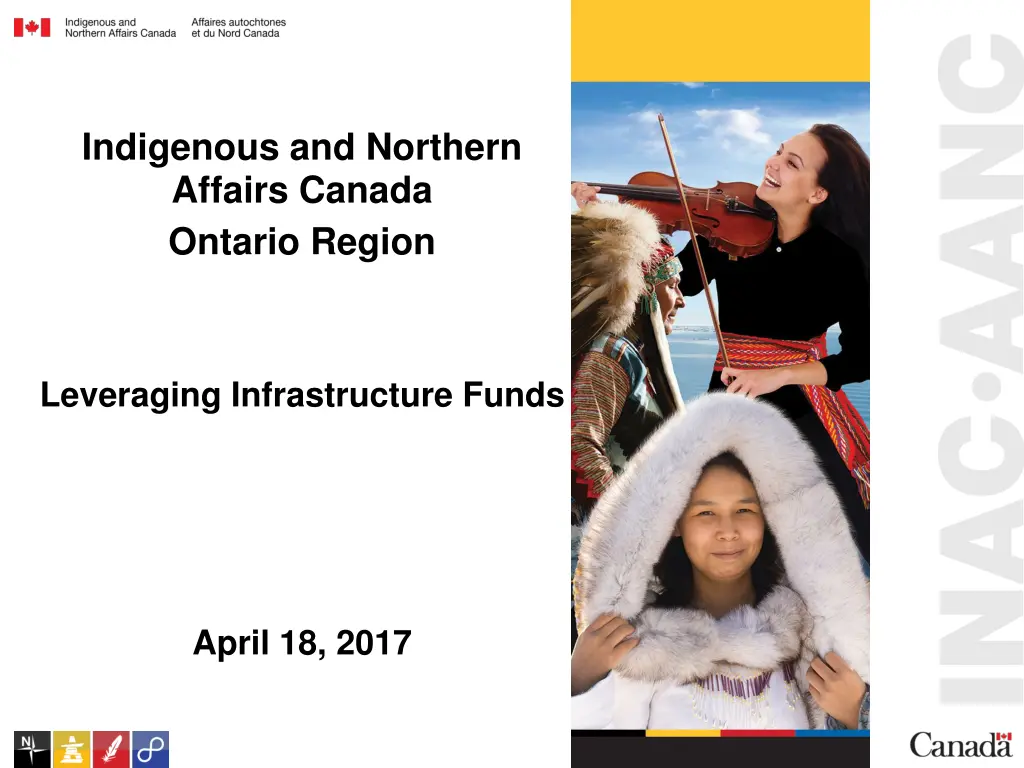
Leveraging Funding for Indigenous Infrastructure Projects
Explore the budget investments, current allocations, and challenges in funding Indigenous infrastructure projects in Canada, focusing on approaches like Public-Private Partnerships (P3s) and leveraging INAC funding streams for financing. Learn how partnerships with First Nations can maximize benefits and sustainability.
Uploaded on | 0 Views
Download Presentation

Please find below an Image/Link to download the presentation.
The content on the website is provided AS IS for your information and personal use only. It may not be sold, licensed, or shared on other websites without obtaining consent from the author. If you encounter any issues during the download, it is possible that the publisher has removed the file from their server.
You are allowed to download the files provided on this website for personal or commercial use, subject to the condition that they are used lawfully. All files are the property of their respective owners.
The content on the website is provided AS IS for your information and personal use only. It may not be sold, licensed, or shared on other websites without obtaining consent from the author.
E N D
Presentation Transcript
Indigenous and Northern Affairs Canada Ontario Region Leveraging Infrastructure Funds April 18, 2017
Agenda 1. Budget 2016 and Budget 2017 Infrastructure Investments 2. Current Situation Requests vs. Allocations 3. Potential Approaches 4. Approaches to Funding or Financing Infrastructure Approach 1: Public-Private Partnerships (P3s) Approach 2: Leveraging Own-Source Revenue Approach 3: Using INAC Funding Streams to Leverage Financing Approach 4: Municipal-Type Service Agreement (MTSA) 5. Interest in Alternative Approaches to Funding Infrastructure 6. Questions 2
Budget 2016 Infrastructure Investments Budget 2016 investments for on-reserve infrastructure nationally through INAC was approximately $4 billion: o $1.833B over five years for water and wastewater; o $416.6M over two years for housing; o $969.4M over five years for education facilities; o $331.9M over two years for other community infrastructure including cultural and recreation facilities; and o $408.9M over five years for solid waste management. In 2016-2017, Ontario Region provided First Nations with almost $329 million in funding for on-reserve infrastructure; including water and wastewater, housing, schools and other community projects. Budget 2017 committed an additional $4 billion over 10 years beginning in 2018-2019 to build and improve housing, water treatment systems, health facilities and other community infrastructure. To maximize the benefits and long-term sustainability of these proposed investments, funding allocations will be determined in partnership with First Nations and other Indigenous Peoples. 3
Current situation: Requests vs. Allocations In the 2016-2017 First Nation Infrastructure Investment Plan (FNIIP) submissions, First Nations identified infrastructure projects and eligible activities worth approximately $2.6 billion. Budget 2016 Category Requested Ontario Allocation 2016-2017 $34.6 M Water & Wastewater $926 M Housing Education Facilities Other Essential Infrastructure Solid Waste Management TOTAL $377 M $302 M $983 M $43 M $2.6 B $66.2 M $12.6 M $10.2 M $1.5 M $125.1 M 4
Current Situation Contd Even with historic levels of new investments, federal funding alone is insufficient to meet all on-reserve infrastructure needs. Current demands cannot adequately be addressed without a new, multi-faceted approach to address First Nation on-reserve infrastructure needs. In an effort to address this, INAC is seeking ideas from First Nations on potential funding models and advice on ways to better finance infrastructure assets on reserve. 5
Approaches to Funding Infrastructure Approaches to funding on-reserve community infrastructure projects: Approach 1: Public-Private Partnerships (P3s) Approach 2: Leveraging Own-Source Revenue Approach 3: Using INAC Funding Streams to Leverage Financing Approach 4: Municipal-Type Service Agreement (MTSA) 6
Approach 1: Public-Private Partnerships (P3s) Public Private Partnerships (P3s) are a long-term performance-based approach to procuring public infrastructure where the private sector assumes a major share of the risks in terms of financing and construction and ensuring effective performance of the infrastructure, from design and planning, to long-term maintenance. * P3s are an alternative method for financing and procuring generally large-scale and complex public infrastructure assets. P3s often provide a long-term source of revenue. Contracts typically last between 25 to 35 years. The minimum capital cost threshold range is $30 million to $100 million or more. Bundling similar infrastructure assets together is an option to meet the threshold and may be more attractive to the private sector market.
Approach 1 Contd PROS: Cost-effective. Can save time and expedite construction. Life cycle of the asset is addressed up-front. Projects are procured with one single contract. Bundling similar projects is an option. CONS: Many projects may not meet the minimum project size threshold. 8
Approach 2: Leveraging Own-Source Revenue Own-source revenue (OSR) is the revenue that an Indigenous government raises by generating business and other income (casino revenue, user fees for services, etc.). Under self-government agreements, Indigenous governments use some of this revenue to contribute to the costs of their own operations. The First Nations Fiscal Management Act (FNFMA) enables First Nations to participate more fully in the Canadian economy while meeting local needs by: providing First Nations with increased revenue raising tools, strong standards for accountability, and access to capital markets available to other governments; allowing for the borrowing of funds for the development of infrastructure on-reserve through a co-operative, public-style bond issuance Participation in the FNFMA is optional. 9
Approach 2 Contd PROS Qualifying First Nations will acquire revenue raising tools and capital planning support and advice. Access to capital markets, lower interest rates. Creates First Nation self-financing and borrowing capacity and allows the First Nation to set own investment goals and priorities. CONS First Nations assume financial risk by becoming borrowers. 10
Approach 3: Using INAC Funding Streams to Leverage Financing Infrastructure funding from INAC could be used to secure loans from lenders who finance infrastructure on-reserve. This approach provides First Nations with the potential to leverage financing based on a secure and stable source of cash flow from INAC. This approach has been used successfully for many asset classes. 11
Approach 3 Contd PROS First Nations could use INAC funding to leverage additional financial resources. Demonstrates to the lender a regular source of revenue. Provides a method to accelerate funding for infrastructure projects. CONS First Nations assume financial risk by becoming borrowers. 12
Approach 4: Municipal-Type Service Agreements (MTSA) A Municipal-Type Service Agreement (MTSA) is an agreement between INAC or First Nation and another federal department, provincial government, municipal government, private contractor (Indigenous or other), individual (Indigenous or other), or organization (federal, provincial, local Indigenous). MTSAs are a mechanism where communities can access affordable and sustainable municipal services, such as: Water and wastewater Solid waste Fire protection Transportation (roads and bridges) Communication (emergency services) INAC subsidizes First Nations for services that they pay to receive in partnership with neighbouring municipalities. This approach provides First Nations with the opportunity to access existing services from third parties (neighbouring municipalities or First Nation). 13
Alternative 4 Contd PROS Promotes co-ordination and collaboration between governments. Reduces duplication of infrastructure, therefore reducing capital cost. Reduces operator risk and liability. CONS Requires co-ordinated efforts among multiple parties. Reliance on a third party service provider. 14
Interest in Alternative Approaches to Funding Infrastructure What financing models would best support your community s interests? 15
Questions 16
Contact Information: Moren Mirza Regional Senior Program Officer Community Infrastructure Directorate (CID) - Ontario Tel: 647-284-1535 Email: Moren.Mirza@aandc-aadnc.gc.ca 17

